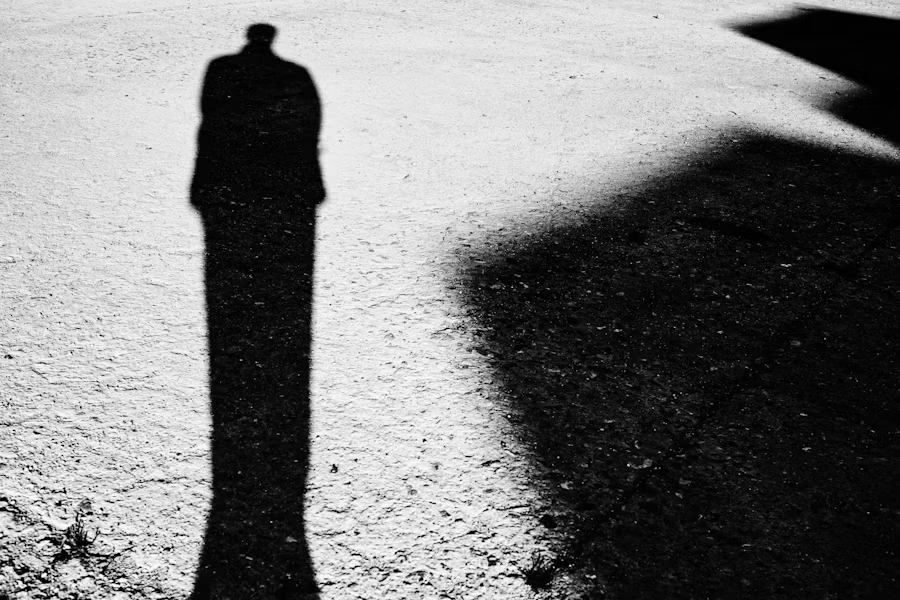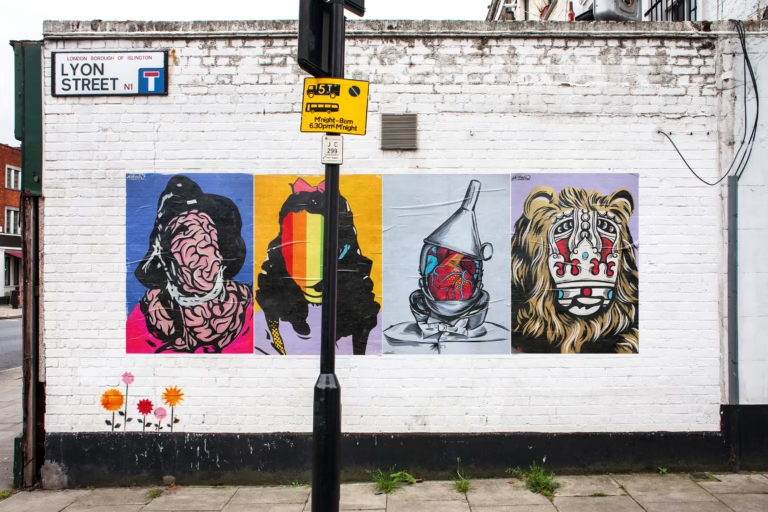The Beauty of Minimalism in Art: Why Less is Truly More
Minimalism is not just a style—it’s a philosophy. Rooted in clarity and intention, minimalist art strips away the unnecessary to spotlight shape, color, and raw emotion. It’s not empty—it’s essential.
1. The Core Principles of Minimalist Art
Minimalism embraces:
- Simplicity
- Clean lines
- Limited color palettes
- Visual breathing room
In our collection, pieces like “I Believe in Pink” and “Bridge to Your Heart” exemplify how less can evoke more—more feeling, more clarity, more space to reflect.
2. Why Minimalist Art Fits Modern Lifestyles
Today’s fast-paced, overstimulated world craves calm. Minimalist art creates serene environments—ideal for workspaces, bedrooms, and modern living rooms. These pieces reduce visual clutter and invite mental clarity.
3. Color as a Silent Communicator
Minimalist artists often use a single dominant color. For instance:
- Warm pastels evoke calmness and femininity.
- Black & white delivers impact and contrast.
- Earth tones create organic, grounded energy.
Our featured piece “Hope I” uses subtle tones and gentle symmetry to embody quiet optimism.
4. Tips for Styling Minimalist Art
- Let it breathe—avoid overcrowding the wall.
- Pair with neutral or monochromatic furnishings.
- Use accent lighting to highlight textures.
5. The Emotional Power of Emptiness
Minimalist art is never cold. It invites the viewer to pause and project their own interpretations. Its open-ended nature makes it timeless and versatile.
Conclusion:
Whether you’re decorating a home or curating an office gallery, minimalist art offers elegance, peace, and balance. Explore our Minimalism Collection for pieces that speak through simplicity.


